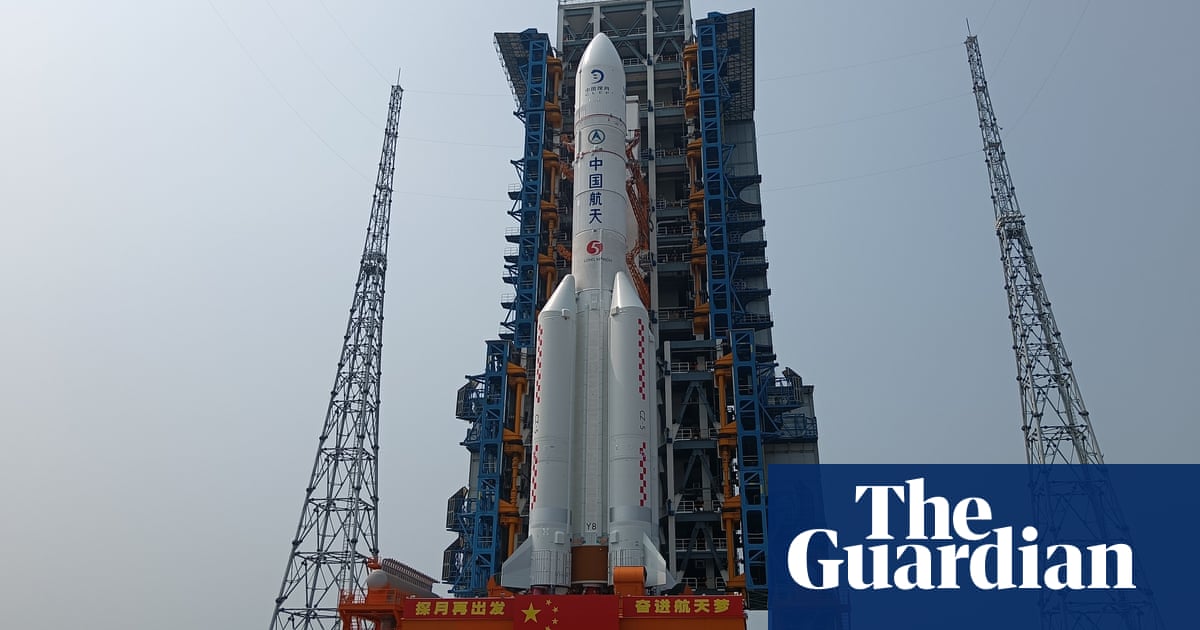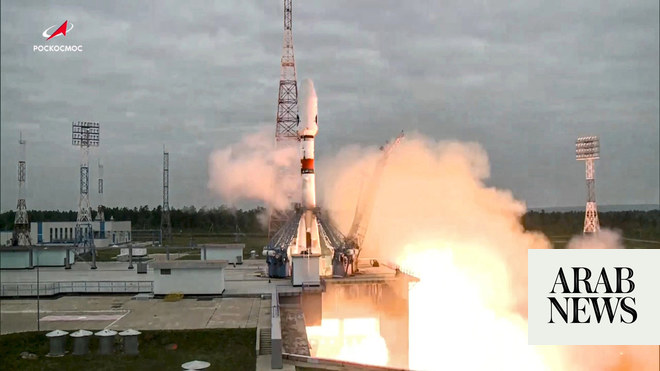
A fuel leak and then an engine problem during final lift-off preparations led NASA to postpone the much-anticipated launch of its giant new Moon rocket on Monday.
The next launch attempt will not take place until Friday (Sept. 2) at the earliest.
NASA repeatedly stopped and re-started the fueling of its Space Launch System (SLS) rocket with super-cold hydrogen and oxygen because of a leak of highly explosive hydrogen in the same place that saw seepage during a dress rehearsal back in the spring.
Then, NASA ran into new trouble when it was unable to properly chill one of the rocket"s four main engines, officials said. Engineers continued working to gather data and pinpoint the source of the problem after it was announced the launch was being scrubbed.
The Artemis 1 mission is a test flight of massive importance. The launch, which was originally scheduled for Monday during a two-hour window starting at 08:33 local time (14:33 CEST), will see an unmanned Orion module put into orbit around the Moon before returning to Earth 42 days later.
It will gather crucial data ahead of the next stages in the mission — a manned launch of the Orion module to lunar orbit, followed by the first mission to land humans on the Moon since 1972.
NASA Administrator Bill Nelson said the scrubbed launch is “illustrative that this is a very complicated machine, a very complicated system, and all of those things have to work".
"You don’t want to light the candle until its ready to go," he added, reminding viewers on NASA TV he was in the crew of the 24th flight of the space shuttle, a flight which was delayed four times before it launched on the fifth try.
This is the first stage of the Artemis mission, which has the ultimate goal of establishing a long-term presence on the Moon’s surface.
NASA will launch an unmanned Orion spacecraft into orbit around the Moon on a test run to ensure manned missions are as safe as possible.
The Orion spacecraft will be launched from the Kennedy Space Center in Florida on NASA’s giant rocket, called the Space Launch System (SLS).
It is, according to NASA, the world’s most powerful rocket, able to carry more payload into deep space than any other vehicle.
Standing at almost 100 m tall, the SLS can deliver 4 million kg of thrust. Two minutes into launch, two boosters will detach from the rocket, followed by the core stage (which acts as the backbone of the rocket, doing most of the heavy lifting).
These parts will fall into the Pacific Ocean, as the Orion spacecraft continues on course toward the Moon.
Orion will travel 450,000 km from Earth, and thousands of kilometers beyond the Moon over the course of the four-to-six-week mission.
"We’re going to stress it and test it. We’re going to make it do things that we would never do with a crew on it in order to try to make it as safe as possible," NASA Administrator Bill Nelson said on Wednesday.
Orion will be propelled towards the Moon by a service module provided by the European Space Agency (ESA).
The Orion spacecraft, which is 3 m tall, can seat four astronauts. A full-size dummy in an orange flight suit is going to occupy the commander’s seat for this flight, rigged with vibration and acceleration sensors.
Two other mannequins made of material simulating human tissue will measure cosmic radiation, which is one of the biggest risks of spaceflight.
The flight will also see ten shoebox-sized satellites pop off the capsule once it is en-route to the Moon, which will measure radiation, amongst other things.
After Artemis I comes Artemis 2 and 3, NASA’s first manned lunar missions in five decades.
If everything had gone to plan for the first test mission on Aug. 29, the second test flight around the Moon — this time manned — was scheduled for 2024.
But as launch day for Artemis 1 saw takeoff scrubbed and the mission delayed once again, it is yet to be seen whether the later Artemis mission will also be pushed back.
Artemis 3 is scheduled to go ahead a year after Artemis 2. This will be the first crewed lunar landing since Apollo 17 in 1972. It is also intended to be the first mission to land a woman on the Moon.
The missions will involve testing the systems needed to establish a gateway base in orbit around the Moon, which would be the base for lunar surface missions.
With a long-term presence established on or around the Moon, it would then be used for future missions further afield, including to Mars.
"This wasn"t a one or two-person job. This was teams of hundreds of people that came in from different backgrounds, different experiences that all made this happen together," said Nicholas Nugent, a project engineer at Stennis Space Center.
"We"re about to launch the rocket that these people built. How cool is that? You can say "I worked on that rocket" and they"re working on the second one and the third one and fourth one and the fifth one," said Lonnie Dutreix, director of Michoud Assembly Facility in New Orleans.
The Artemis missions have been beset by delays and technical faults, so there was a lot of pressure on Monday’s launch.
The cost of Artemis 1 has spiraled to $4 billion (€4 billion), and the entire program will have set NASA back at least $93 billion (€93 billion) by the time astronauts land once again on the Moon.
"This is a test flight, all right and it"s not without risk. We have analyzed the risk as best we can, and we"ve mitigated also as best we can,” Bob Cabana, NASA’s Associate Administrator, said ahead of the launch.
“But we are stressing Orion beyond what it was actually designed for. In preparation for sending it to the Moon with a crew and we want to make sure that it works absolutely perfectly when we do that and that we understand all the risks. We"re going to learn a lot from this test flight". — Euronews











